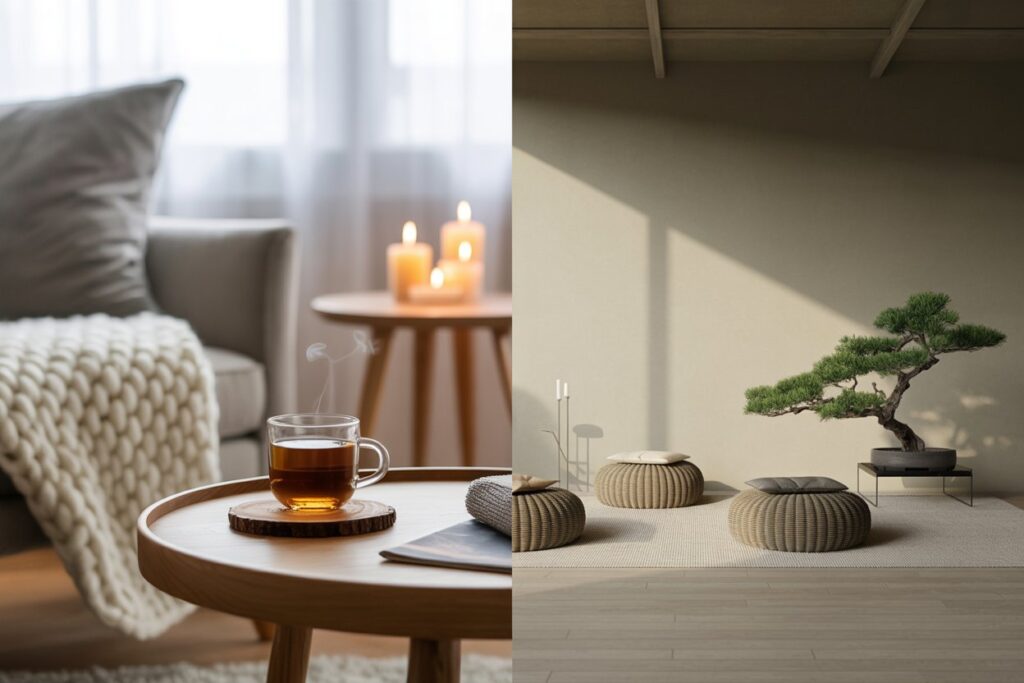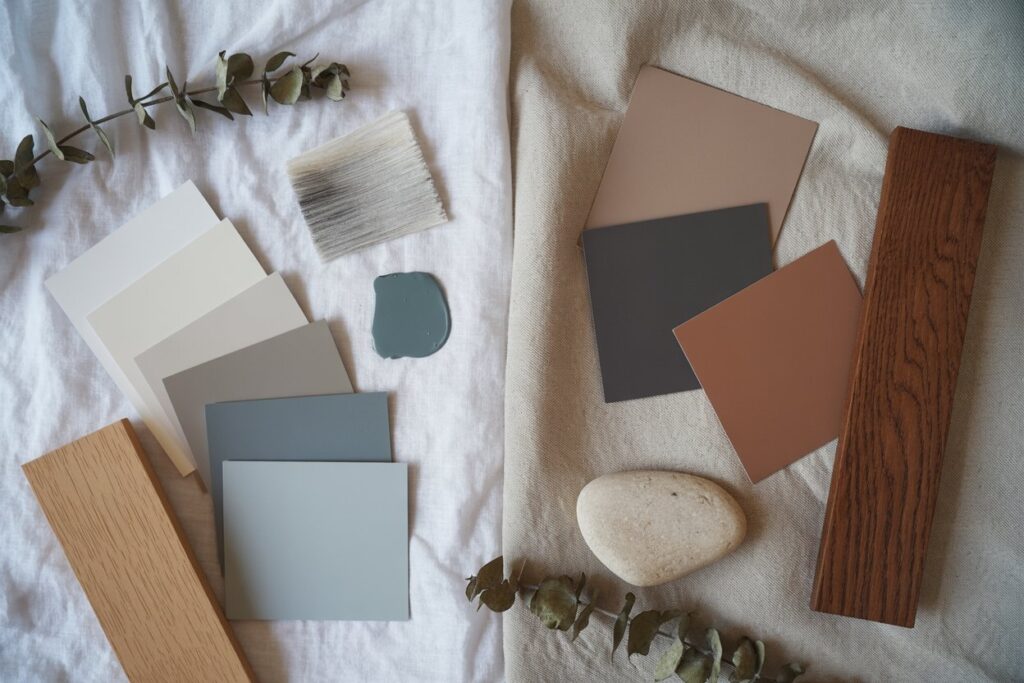Scandi vs. Japandi: Which Minimalist Style Is Right for You?
Let’s face it: minimalism isn’t just about owning fewer things—it’s about living better with the things you choose to keep. If you’ve ever been torn between the soft coziness of Scandi design and the calm elegance of Japandi, you’re not alone. These two styles are like stylish cousins—related, but with their own personalities.
In this guide, we’re breaking down the vibes of both, so you can figure out which minimalist mood fits you best (or maybe even mix a little of both).
The Mood: Cozy vs. Calm

Let’s start with the feeling each style gives off. Scandi is all about comfort. It’s warm, it’s welcoming, and it’s made for long coffee breaks under a blanket. This is where “hygge” comes in—that Danish idea of cozy contentment. If you want your home to feel like a warm hug on a winter morning, Scandi might be your match.
Japandi, on the other hand, leans more serene and soulful. It combines the clean lines of Japanese minimalism with just a touch of Scandi softness. Think calm, intentional, and slightly more refined. It’s a style that breathes.
The Color Palette: Bright vs. Muted

Scandi spaces are often bathed in light. Whites, soft greys, pale woods, and the occasional pastel keep things airy and fresh—even when it’s cold and dark outside.
Japandi goes deeper. The palette is more muted and earthy—think warm taupes, charcoal, terracotta, and deep wood tones. It’s not gloomy, just grounded.
So, if you love light and brightness, Scandi’s your go-to. If you’re into moodier, natural tones, Japandi might speak to your soul.
Materials & Textures: Soft vs. Structured
Both styles keep things natural, but they do it a little differently.
Scandi loves fluffy throws, knitted textures, and soft-touch materials. Light oak, cotton, and wool are mainstays. Everything feels soft and approachable.
Japandi prefers structure and balance. You’ll see more sleek lines, darker woods (like walnut or ash), and materials like stone, bamboo, or linen. The textures are subtle, but there’s a real sense of intentionality in every piece.
If you’re after softness and comfort, Scandi wins. If you appreciate minimal, tactile quality, Japandi’s the one.
Furniture & Layout: Functional vs. Flowing

Scandi furniture is super functional—modular, clean, and built for everyday living. Pieces often have rounded edges and are made to be cozy and useful.
Japandi furniture tends to sit lower to the ground and follows a “less is more” philosophy. There’s often more breathing room between objects, and everything feels very curated and balanced.
If your style is about comfort and practicality, Scandi fits the bill. If you want your space to feel almost like a modern sanctuary, Japandi will feel just right.
Decor: Layered vs. Minimal
Scandi decor might include a gallery wall, a few favorite vases, and a pile of books on the coffee table. It’s still minimal, but it’s not afraid of a little personality.
Japandi decor is more restrained. One carefully chosen ceramic piece. A single stem in a vase. A neutral-toned art print with lots of white space. Every item has a purpose.
So—are you a “more is more… but still minimal” type? Or do you prefer a more quiet, thoughtful atmosphere?
Vibe Check: Which One’s Right for You?
You might love Scandi if…
- You want your home to feel cozy and bright
- You love simple, practical furniture
- You live somewhere with long winters (hello, hygge!)
- You want a style that’s easy to layer and personalize
You might prefer Japandi if…
- You value calm, peaceful spaces with room to breathe
- You love neutral, earthy tones and organic materials
- You’re drawn to Japanese design principles like wabi-sabi
- You want your home to feel like a retreat
Conclusion: Or Maybe… Both?
Here’s the best part: you don’t have to choose one. A lot of people end up with a mix—soft Scandi textures with Japandi colors, or Japandi furniture layered with Scandi comfort. That’s the beauty of design: it’s all about creating a space that feels right for you.
Whichever direction you lean, both styles are about stripping things back to what really matters—and making your home a place that feels calm, beautiful, and totally yours.






